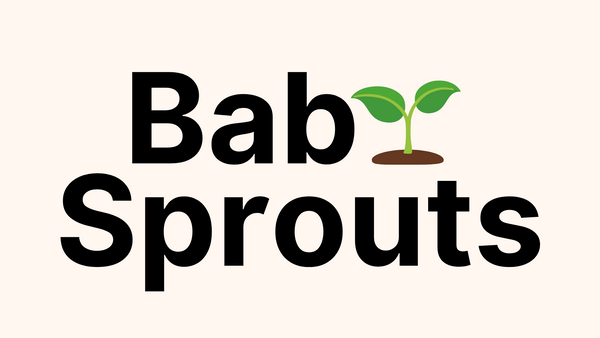
Sippy Cups vs Straw Cups: Which is Best for Your Child's Development?
Understanding the Differences: Sippy Cups and Straw Cups Explained
What is a Sippy Cup?
A sippy cup is a training cup designed for toddlers. It has a spout lid that helps prevent spills. These cups are often used to transition babies from bottles to regular cups. Sippy cups come in various designs and materials. Some have handles for easy gripping. Others are spoutless. Most sippy cups have valves to control liquid flow. This feature helps reduce messes. However, it may require more suction to drink.

What is a Straw Cup?
A straw cup is another type of training cup for young children. It has a built-in straw instead of a spout. Straw cups help kids learn to drink like adults. They promote proper oral motor skills. These cups often have leak-proof lids. Some have flip-up straws for hygiene. Others have weighted straws that work at any angle. Straw cups can be used from an early age. They're suitable for water, milk, and other beverages.
Comparing the Two: Features and Benefits
Sippy cups and straw cups have distinct features and benefits. Sippy cups are spill-proof and easy to use. They're great for on-the-go. However, they may delay proper drinking skills. Straw cups promote better oral development. They help strengthen mouth muscles. But they can be harder to clean. Both types come in various sizes and materials. Some are insulated for temperature control. Others are dishwasher-safe for easy cleaning. The choice depends on your child's age, needs, and preferences.
The Role of Drinking Cups in Your Child's Growth and Development
How Drinking Cups Influence Eating Habits
The type of cup your child uses can impact their eating habits. Sippy cups may encourage constant sipping. This can lead to overeating or excessive milk intake. Straw cups promote more controlled drinking. They can help children recognize fullness better. Both cups can affect the timing of solid food introduction. They may also influence beverage choices. Using cups instead of bottles can reduce the risk of tooth decay. It's important to offer water in cups between meals.

The Importance of Choosing the Right Cup for Your Child
Selecting the right cup is crucial for your child's development. The wrong cup can hinder oral motor skills. It may also affect speech development. A suitable cup promotes independence and confidence. It should be easy for your child to hold and use. The cup should also support proper swallowing techniques. Consider your child's age and abilities when choosing. Consult with your pediatrician if you're unsure. Remember, the right cup can make transitions easier for your child.
Developmental Milestones and the Cup's Role
Drinking cups play a significant role in child development milestones. They help children learn to control liquid intake. Cups also promote hand-eye coordination and fine motor skills. Around 6 months, babies can start using cups with help. By 12 months, many can hold a cup and drink independently. Straw cups can be introduced around 9 months. They help develop muscles used for speech. By age 2, most children can drink from an open cup. The right cup can support these milestones.
Making the Right Choice: Safety, Efficacy, and Cost Considerations
Assessing Safety: Which Cup is Less Likely to Spill?
Safety is a top concern when choosing a cup for your child. Sippy cups are generally more spill-proof. They have tight-fitting lids and flow-control valves. This makes them ideal for travel or busy toddlers. Straw cups can also be leak-resistant. Many have flip-up straws or closable lids. However, they may spill if knocked over. Both types should be BPA-free and made of safe materials. Look for cups with no small parts that could pose a choking hazard. Regular cleaning is essential for both types to prevent mold growth.

Efficacy: Can Your Child Use Both Types of Cups?
Most children can use both sippy cups and straw cups effectively. The best choice depends on your child's age and skills. Younger babies may find sippy cups easier at first. The spout is similar to a bottle nipple. Older toddlers often prefer straw cups. They're more like adult drinking methods. Some children may favor one type over the other. It's okay to offer both and let your child choose. The key is to ensure they can drink comfortably and safely. Watch for any signs of difficulty or frustration.
Cost vs. Durability: What Parents Should Know
When considering cups, balance cost with durability. Sippy cups are often cheaper initially. They're simple in design and widely available. However, they may need replacing more often. Spouts can wear out or become damaged. Straw cups might cost more upfront. But they can last longer if well-maintained. Look for cups with replaceable parts. This can extend their lifespan. Consider how often the cup will be used. If it's a daily item, investing in a durable option may save money long-term. Remember to factor in cleaning ease and dishwasher safety too.
